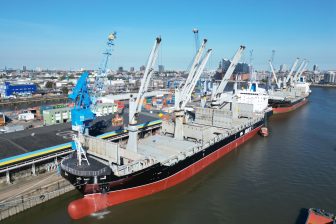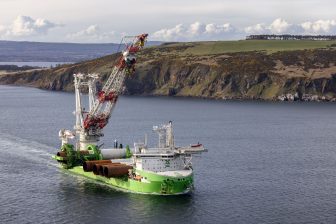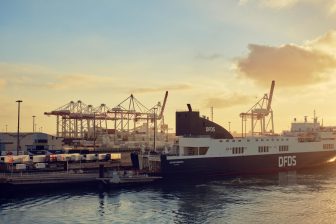
Friendshoring is an option, but can’t diminish China’s supply chain dominance
Photo: TGP
Amidst mounting geopolitical pressure on global supply chains, political leaders are actively seeking alternative strategies to mitigate risks posed by conflicts such as the war in Ukraine or the dispute between China and Taiwan. In recent years, the concept of friendshoring has emerged as a popular solution.
Want to read more?
Register now to read more premium articles.




